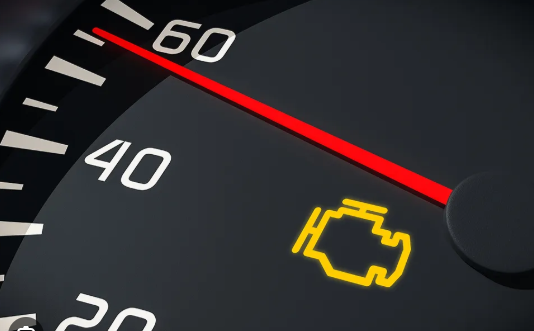Check Engine Light & Misfire Diagnosis – Common Questions Answered
1. Why is my check engine light on?
The light indicates that your engine control module (ECM) has detected a fault. This can include emissions issues, ignition problems, or fuel imbalance.
2. What does a flashing check engine light mean?
This usually means a severe misfire that may damage your catalytic converter. Do not drive — get a diagnostic check immediately.
3. Can a loose gas cap cause the light to come on?
Yes. A loose, damaged, or missing gas cap can trigger an evaporative emissions code. Tighten or replace it and the light may clear within a few drives.
4. How do mechanics diagnose a misfire?
We check fault codes, live misfire data per cylinder, test spark plugs, coils, fuel injectors, and may perform compression or leak-down tests.
5. Is a misfire always an ignition problem?
No. Misfires can be caused by fuel delivery issues, vacuum leaks, sensor failure, or engine mechanical problems.
6. How serious is code P0300?
P0300 indicates random/multiple misfires and is considered serious. It may point to ignition coil failure, bad fuel, or intake problems.
7. Can low-quality fuel cause misfires?
Yes. Contaminated fuel can affect combustion, causing poor performance and misfire codes. Fuel system cleaning may be required.
8. Can I drive with the check engine light on?
If the light is steady (not flashing), driving short distances may be safe. But it should still be diagnosed to prevent future damage.
9. What does “pending code” mean?
It means the ECM has seen an irregularity once, but hasn’t yet confirmed it as a full fault. If it happens again, it will become an active code.
10. How much does it cost to fix a misfire?
Depends on the cause. Spark plug replacement may cost $100–$200, coils $150–$400, injectors or deeper repairs may be higher. Diagnostics help provide exact pricing.
11. What are symptoms of a misfire besides the light?
Rough idle, hesitation, poor fuel economy, engine shaking, and sluggish acceleration are common signs of a misfire.
12. Can sensors cause misfires?
Yes. Faulty crankshaft, camshaft, MAF, or oxygen sensors can send incorrect data to the ECU, disrupting combustion timing or fuel delivery.
13. What does code P0301 mean?
P0301 means a misfire in cylinder 1. Codes like P0302, P0303, etc. point to specific cylinders misfiring.
14. Will a diagnostic test reset the check engine light?
Not automatically. If the problem is fixed, we can clear the codes. If the issue persists, the light will come back on shortly after reset.
15. Can I reset the light myself?
Yes, with an OBD2 scanner. However, if the root problem remains, the light will return. Always fix the cause first.
16. Do misfires always feel like jerking or shaking?
Often yes, especially under load. However, some mild misfires may not be felt but still cause emissions or performance issues.
17. How often should I replace spark plugs?
Most vehicles require replacement every 60,000 to 100,000 miles. Some turbocharged or performance engines may need it more often.
18. Is misfire more common in cold weather?
Yes. Cold starts can increase misfire frequency if components like coils or fuel injectors are weak.
19. Can a clogged catalytic converter cause misfires?
Yes. A restricted exhaust can create backpressure, resulting in poor engine breathing and misfiring.
20. Can a vacuum leak trigger both misfires and check engine light?
Absolutely. Unmetered air entering the intake disrupts fuel ratios, leading to lean misfires and stored codes.
